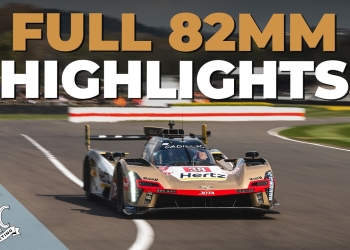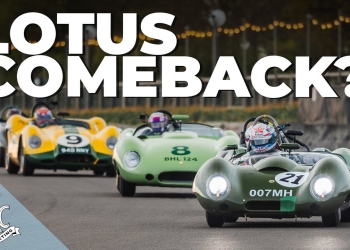The Pure Magic of 1960s Formula 1 Racing
The golden age of Formula 1 racing in the 1960s exemplified what pure, wheel-to-wheel competition should look like. Before modern aerodynamics and complex regulations, racing was raw, visceral, and incredibly close - as perfectly demonstrated in a remarkable battle from the Glover Trophy race that captures the essence of this celebrated era.
A Classic Three-Way Battle
The race featured an extraordinary multi-car tussle that showcased some of the most iconic machines and legendary drivers of the period:
- Jim Clark in his championship-winning Lotus
- John Surtees piloting the Ferrari 1512
- Jackie Stewart at the wheel of his BRM
Legendary Machines, Legendary Drivers
The combination of cars and drivers involved makes this battle particularly special:
| Driver | Car | Achievement |
|---|---|---|
| Jim Clark | Lotus | F1 Championship Winner |
| John Surtees | Ferrari 1512 | Only champion on both 2 and 4 wheels |
| Jackie Stewart | BRM | Future 3-time World Champion |
The Art of Racing
"Seeing Jim Clark's title winner trying to fend off John Surtees' Ferrari 1512 and Jackie Stewart's BRM is just a joy to behold."
What makes this particular battle so compelling is the pure racing craft on display. Without the assistance of DRS or complex hybrid systems, these drivers relied solely on their skill, bravery, and mechanical sympathy to gain an advantage.
Why This Matters
The significance of this historic battle extends beyond mere nostalgia. It serves as a brilliant reminder of:
- The raw essence of Formula 1 racing
- The importance of driver skill over technical aids
- How close racing can be achieved without modern technology
- The timeless appeal of wheel-to-wheel competition
Click here to preview your posts with PRO themes ››
This classic encounter from the Glover Trophy represents everything that made 1960s Formula 1 special. The sight of three world-class drivers in their prime, wrestling these powerful machines around the circuit, demonstrates why this era continues to captivate racing fans decades later.
Racing at Its Purest
The battle perfectly encapsulates what made the 1960s such a golden era for Formula 1:
- Minimal electronic interference
- Direct mechanical connection between driver and car
- Close, sustained battles throughout the field
- Legendary drivers in iconic machinery
This remarkable piece of racing history serves as both entertainment and education - showing modern audiences what Formula 1 battles can look like when stripped down to their purest form.









